Kosovo / Republika e Kosovës / Република Косово / Republika Kosovo – Let’s explore here
What’s Kosovo like?
Kosovo is a small, disputed, landlocked country in the Balkans in southern Europe. Serbia does not officially recognise it as a sovereign state, nor do about half of the UN member countries.
The population of Kosovo is around 1½ million people (2024), mostly consisting of Albanians and Serbians, about ¼ million of whom live in the capital, Pristina. It’s about the size of North Yorkshire in England or about half the size of Wales, UK. Its neighbours are Serbia, Albania, Montenegro and North Macedonia.
The terrain consists of a central plain, overlooked by the aptly named Accursed Mountains in the south and south west and the Šar Mountains in the south east. Mount Đeravica is the country’s highest point, at 8,714 ft (2,656 m) above sea level.
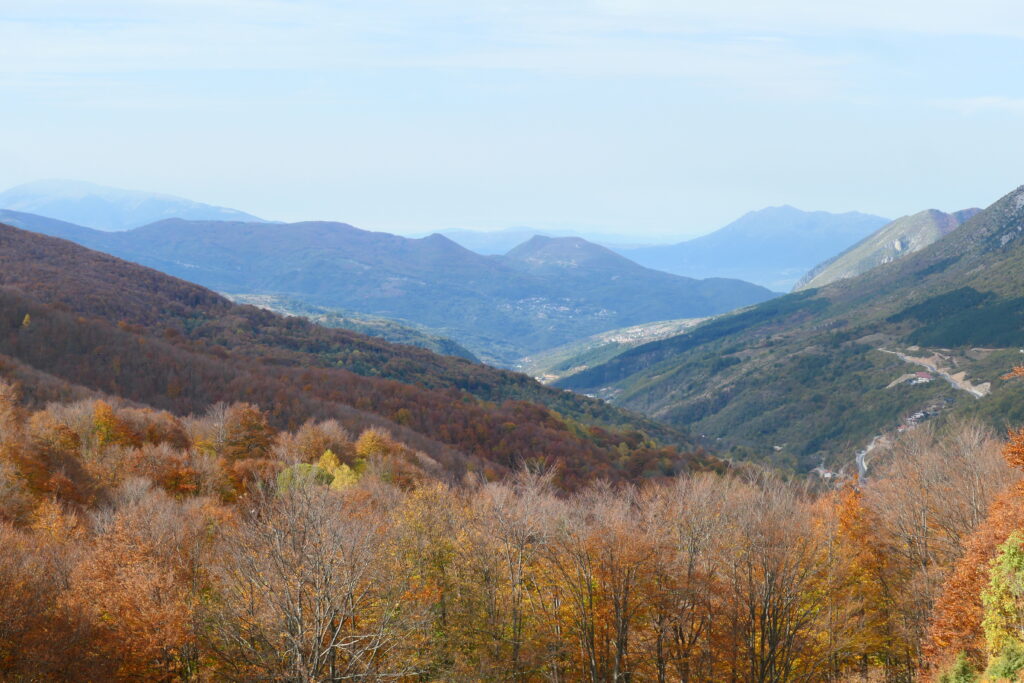

A bit about the history of Kosovo
Early History and Medieval Period
Kosovo, located in the Balkan Peninsula, has a long history that dates back to ancient times. The region was initially inhabited by Illyrian tribes and later became part of the Roman Empire. After the fall of the Roman Empire, it was controlled by the Byzantine Empire. During the medieval period, Kosovo became an important region within the Serbian Kingdom, especially during the 12th and 14th centuries. The Battle of Kosovo in 1389, fought between the Serbian Prince Lazar Hrebeljanović and the Ottoman Empire, became a symbol of Serbian history and identity.
Ottoman Rule
In the late 14th and early 15th centuries, Kosovo fell under Ottoman control. The Ottomans ruled the region for several centuries, from the 15th century until the late 19th century. During this period, Kosovo experienced significant cultural and religious changes, including the spread of Islam, as many Albanians and others converted to the religion. The region also saw the migration of ethnic Albanians into Kosovo, which would shape its demographic makeup.
20th Century and Yugoslav Era
After the Balkan Wars (1912–1913), Kosovo was incorporated into the Kingdom of Serbia and later became part of Yugoslavia after World War I. Following World War II, Kosovo became an autonomous province within the Socialist Federal Republic of Yugoslavia. During this time, tensions between the ethnic Albanian majority and the Serbian minority in Kosovo grew, with ethnic Albanians pushing for greater autonomy.
Kosovo War and Independence
In the late 20th century, the region became a focal point of conflict during the breakup of Yugoslavia. In the 1990s, under the leadership of Slobodan Milošević, the Serbian government sought to assert greater control over Kosovo, which led to tensions with the ethnic Albanian population. In 1998, the Kosovo War broke out between the Federal Republic of Yugoslavia (which included Serbia) and the Kosovo Liberation Army (KLA), an ethnic Albanian group seeking independence. The conflict led to significant violence and displacement of civilians.
In 1999, NATO intervened in the conflict with an air campaign, and Kosovo was placed under United Nations administration (UNMIK). This intervention effectively ended Serbian control over Kosovo.
Declaration of Independence
On February 17, 2008, Kosovo declared its independence from Serbia, a move that was recognised by many countries, including the United States and the majority of European Union member states. However, Serbia and several other countries, including Russia and China, did not recognize Kosovo’s independence. The political and diplomatic status of Kosovo remains a point of contention in international relations.
Contemporary Kosovo
Since its declaration of independence, Kosovo has faced challenges in establishing a stable political system and economy. It has worked to strengthen its institutions and gain recognition from more countries. The country has made progress in terms of economic development, though it still faces challenges such as high unemployment rates, ethnic tensions, and issues related to governance and corruption. Despite these difficulties, Kosovo continues to develop as a sovereign state, with a growing international presence and an aspiration to join international organizations such as the United Nations.
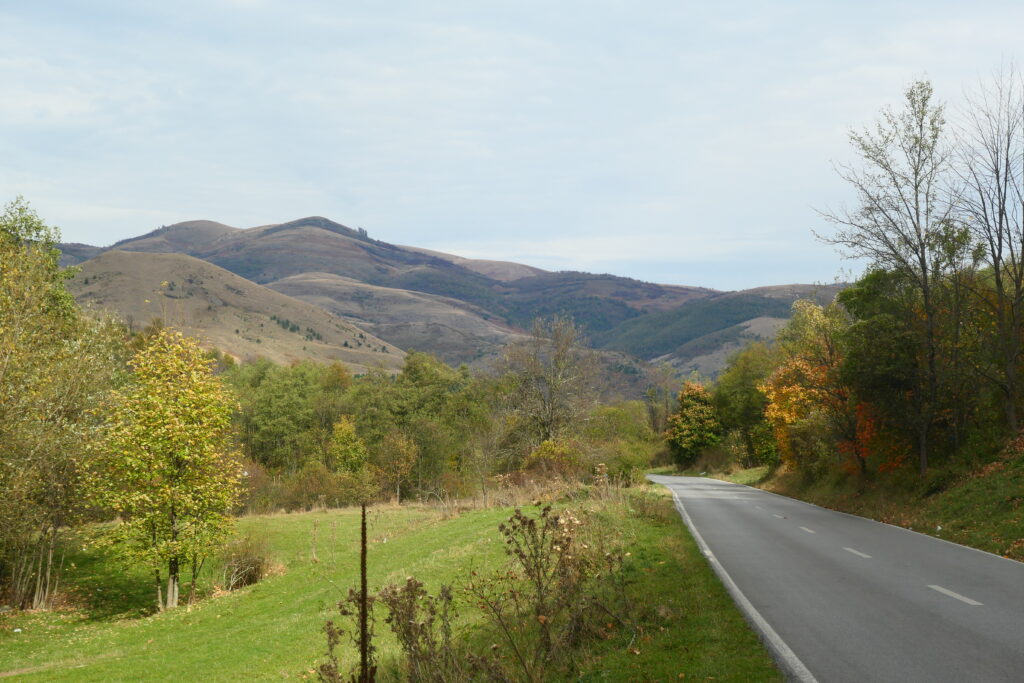
Kosovo road trip
Our Kosovan road trip was part of a much larger European road trip. The road trip through Kosovo involved us travelling from Skopje in North Macedonia clockwise around the circumference of the country towards the capital Pristina, before heading south again through North Macedonia and on to Bulgaria.
We travelled into Kosovo from North Macedonia because Serbia doesn’t recognise Kosovo as a separate country – therefore we needed to plan how to cross into Kosovo carefully to avoid upsetting Serbian border guards! We also avoided some of the areas to the north around Mitrovica due to inflamed tensions in the area at the time between Serbians and Kosovars.
Map of our road trip through Kosovo

This is a map of our road trip through Kosovo. Our route took us from Hani I Elezit – Strpce – Prizren – Gjakove – Rugova canyon – Pristina – Hani I Elezit.
We avoided the northern part of the county due to tensions between the population of the area at the time.
Our favourite places in Kosovo
These are some of the best places that we explored on our road trip through Kosovo. We’ve put them in alphabetical order.
Pristina
Pristina is a lovely city located east of central Kosovo, and is the capital of the country. Its population is approximately 230,000 people (2024), about 14% of the country’s total. The old town dates from the 14th century, and the oldest building is the Çarshi Mosque, built in 1389.
Historically, Pristina has been inhabited for thousands of years, with evidence of Roman, Byzantine, and Ottoman influences. The city was part of the Ottoman Empire from the 15th to the 19th centuries, which left a lasting impact on its architecture and culture. Pristina became the administrative centre of Kosovo during the 20th century, particularly during the era of Yugoslavia. Following Kosovo’s declaration of independence in 2008, the city became the capital of the newly established republic.
Notable landmarks in Pristina include the Monument of Brotherhood and Unity, Skanderbeg Square and its various statues, and the many old mosques. Mother Teresa Square, named after the famous Albanian-Indian nun, is another significant landmark. There are also statues and areas named after Bill Clinton, George Bush and Tony Blair, which made us laugh!
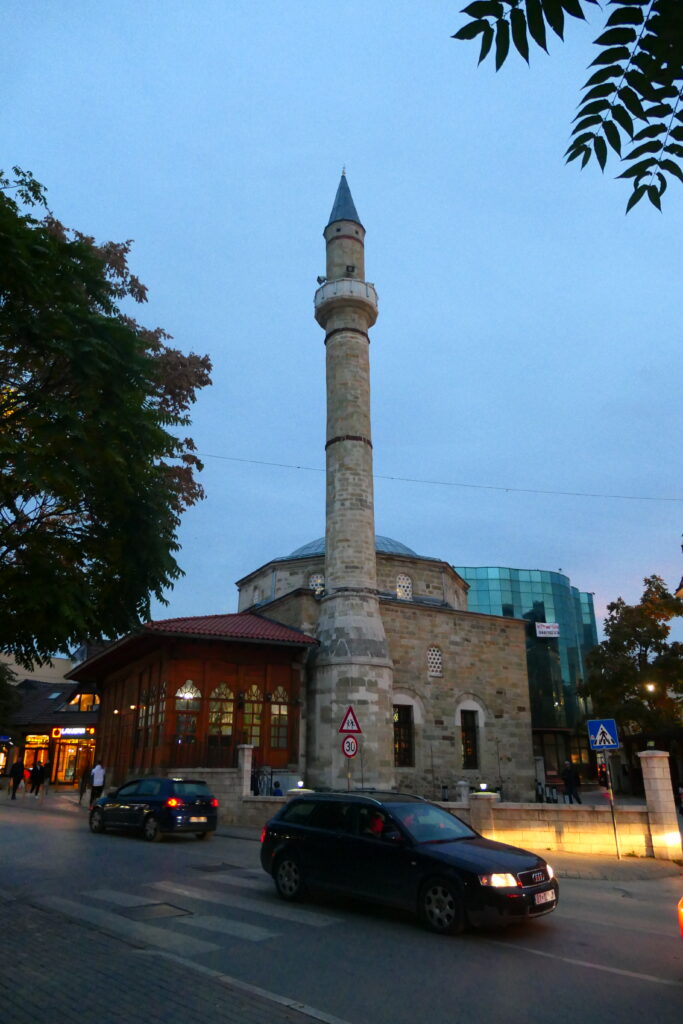
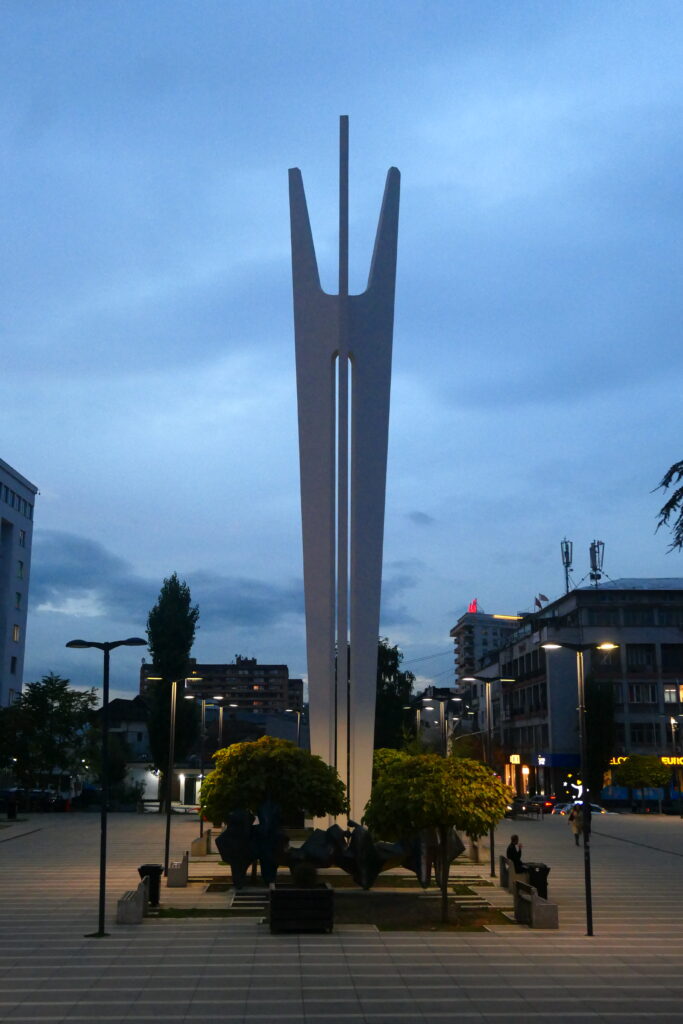

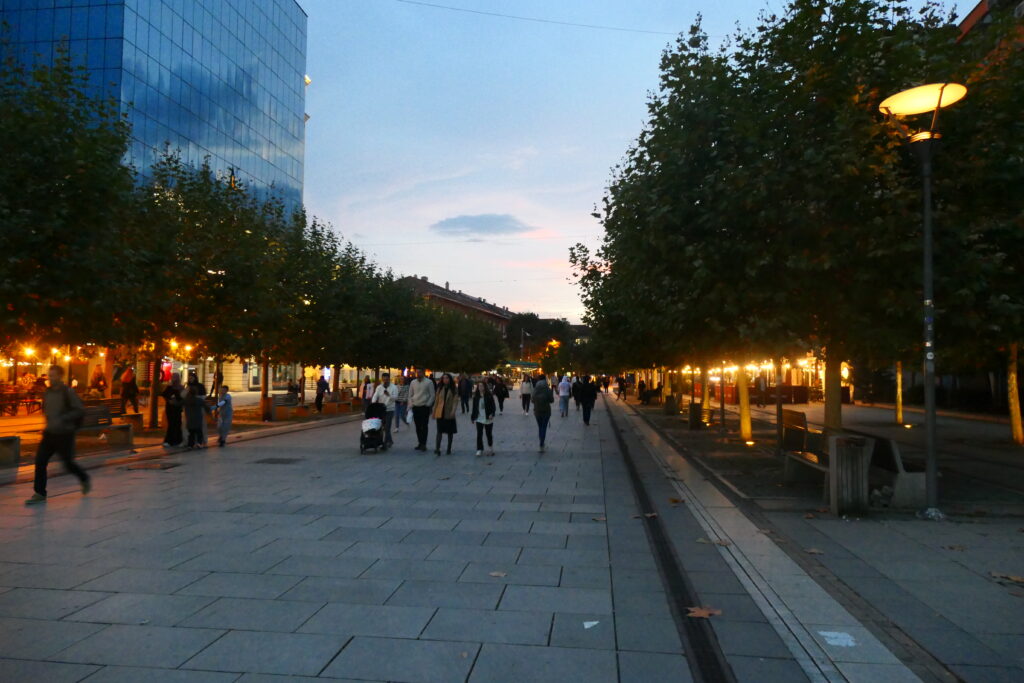
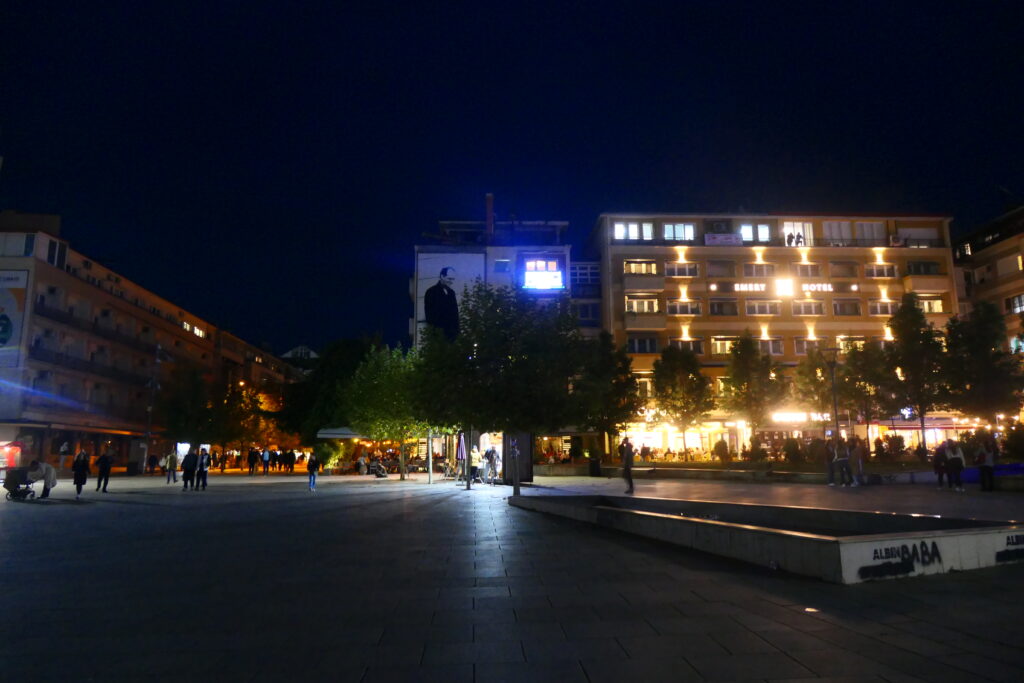



Prizren
Prizren is a bustling, old city that’s located in the The Šar Mountains in south western Kosovo, near the borders with Albania and North Macedonia. It’s Kosovo’s second largest city, home to around 150,000 people (2024) and is the seat of its historical centre.
It is one of the oldest cities in Kosovo and is often regarded as its cultural capital due to its rich history, vibrant traditions, and beautiful architecture. Prizren’s history dates back to Roman times, and it has been influenced by various cultures, including the Byzantine and Ottoman empires. During the Ottoman period, Prizren flourished as a major commercial and cultural hub, with many buildings from that era still standing today. Notable Ottoman structures in the city include the Sinan Pasha Mosque, which is one of the most important and well-preserved mosques in Kosovo, and the old stone bridge, which crosses the Bistrica River.
Prizren is also known for its religious diversity, with significant populations of ethnic Albanians, Bosniaks, and Serbs, as well as Muslim, Christian, and Catholic communities. This diversity is reflected in the city’s many religious landmarks, such as the Cathedral of Our Lady of Perpetual Help and the Orthodox Church of St. George.
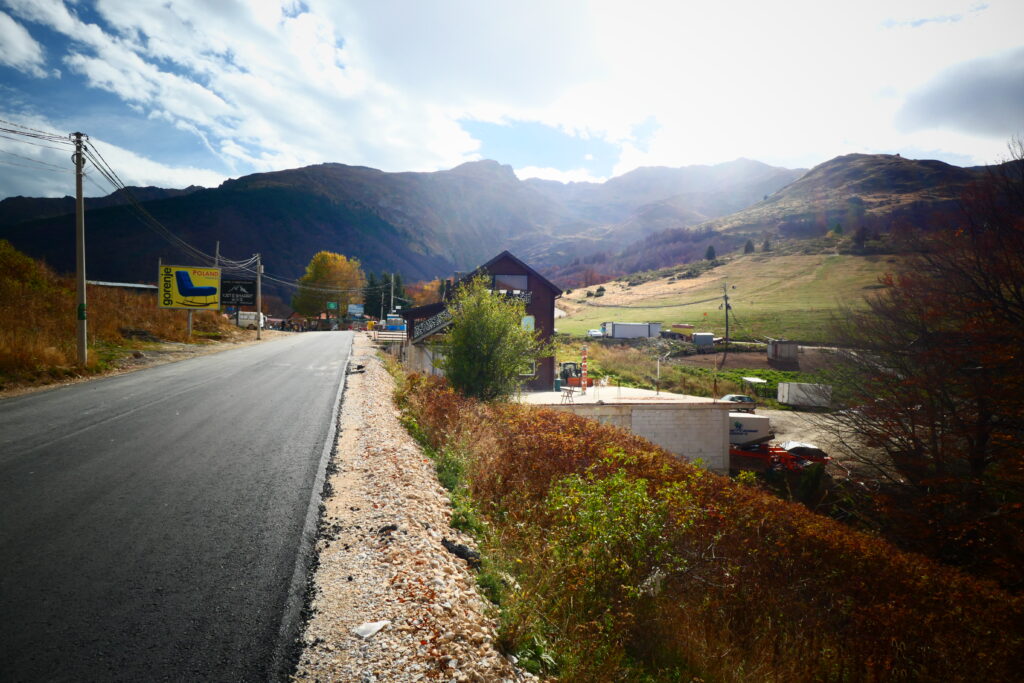
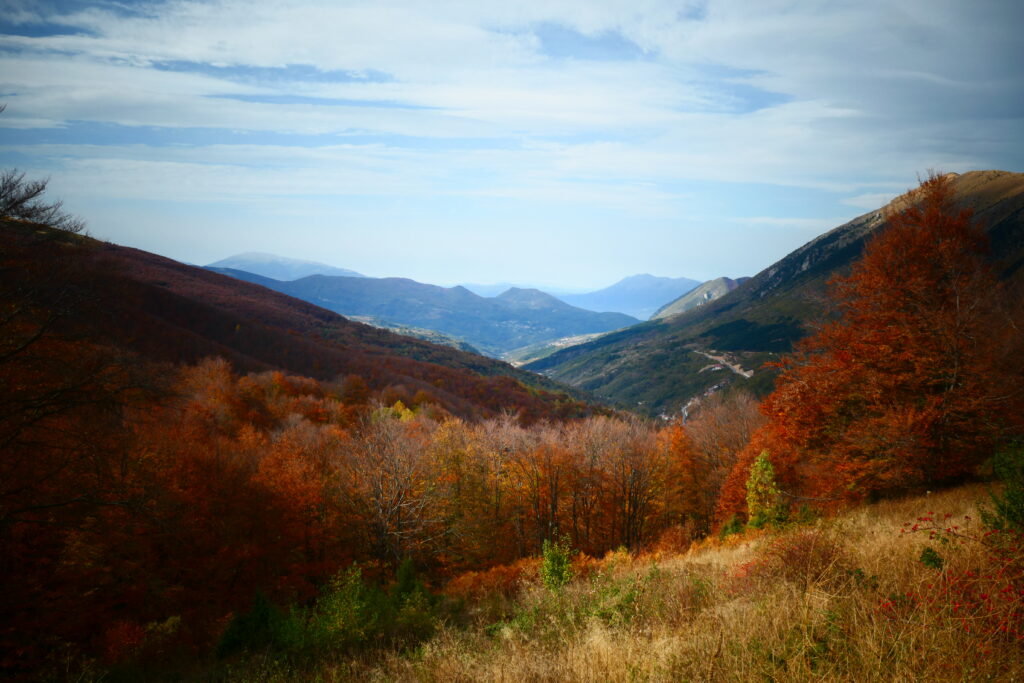
Rugova canyon
Rugosa Canyon a lovely canyon located in western Kosovo, near the town of Peja, close to the border with Montenegro. It is one of the longest canyons in Europe, at 16 miles (25 km) in length, and reaches depths of up to 3,280 ft (1,000 m) in places. It is part of the Bjeshkët e Nemuna mountain range and is known for its dramatic landscape, with towering cliffs, deep gorges, and lush greenery. The canyon is carved by the Lumbardhi River, which flows through the valley, contributing to the erosion that shaped the canyon’s features over millennia.

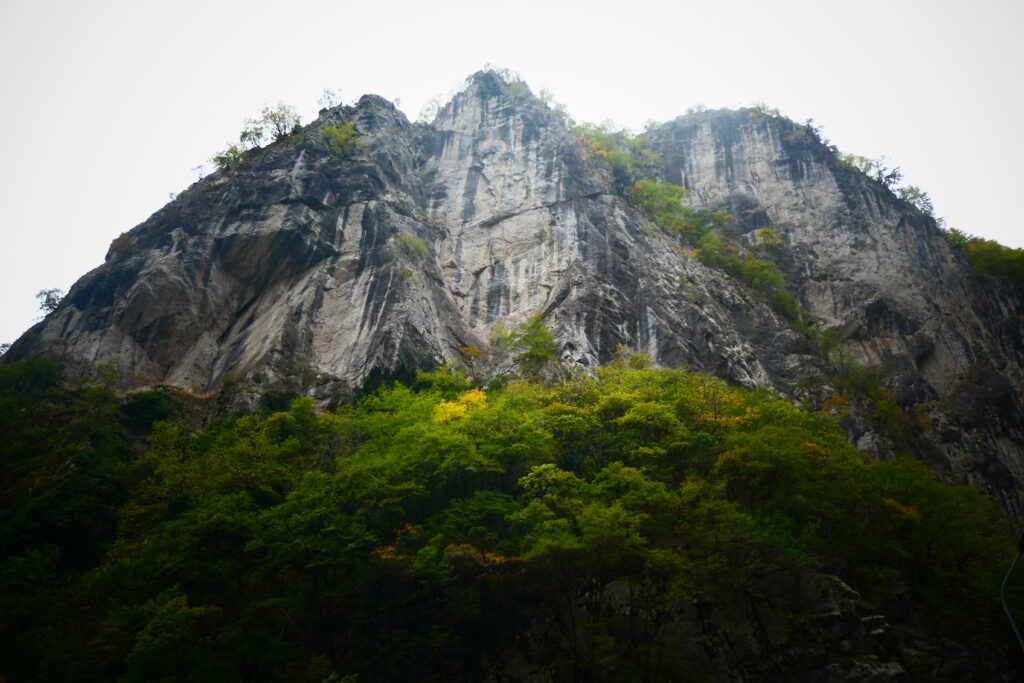
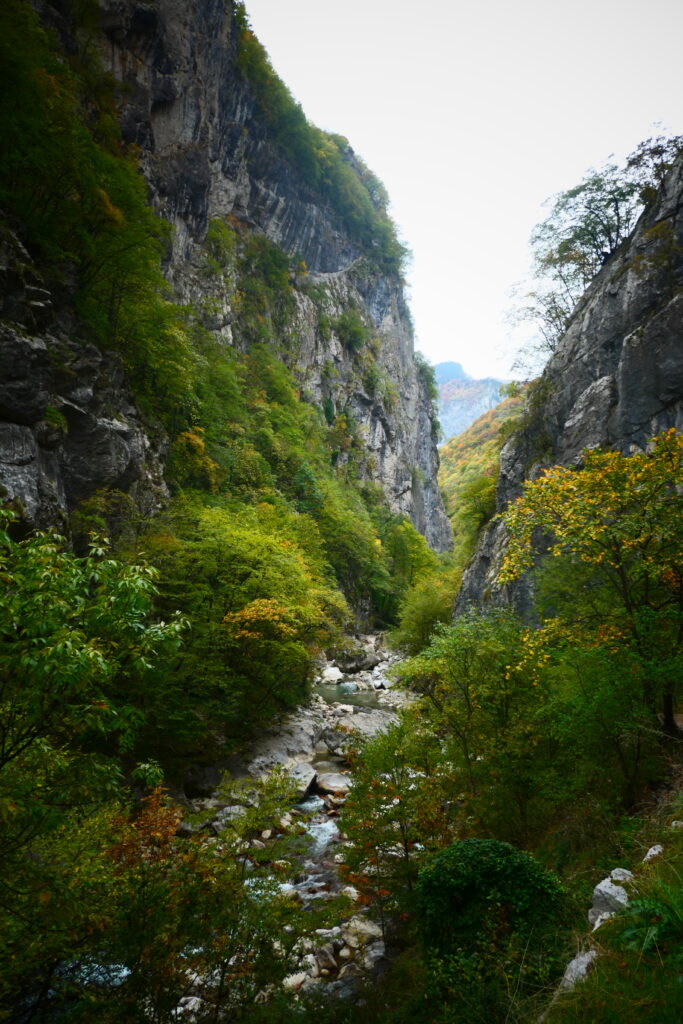
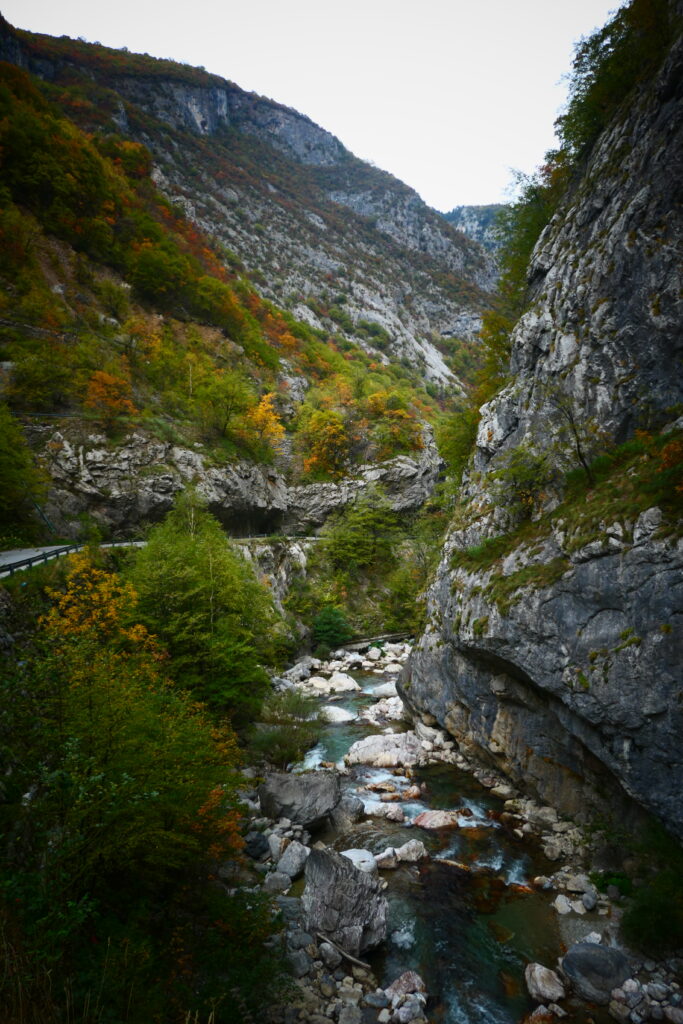


Šar Mountains National Park
The Šar Mountains National Park is a large mountain range of beautiful mostly low lying mountains, located in the south of Kosovo on the borders with North Macedonia and Albania. The park covers around 40,000 acres (16,000 hectares) in Kosovo and is home to a variety of animals, like the brown bear, chamois, and wild boar, as well as a range of birds, such as golden eagles. It is characterised by steep cliffs, valleys, and glacial lakes, including Lake Količ and Lake Drelaj. The highest peak in Kosovo’s section of the Šar Mountains is Golem Kamen, reaching an altitude of about 8,200 ft (2,500 m).




Strpce
Strpce is a small town in the Šar Mountains National Park in the south of the country, not far from the border with North Macedonia. Because of the mountainous terrain, skiing is very popular in the area, and there are several dedicated resorts around Strpce during the winter months, such as the Breza Ski Resort.
The municipality has a population of around 14,000 people, with Strpce itself housing a smaller proportion of this total. The population is mainly Serb, with some Albanians and other ethnic groups also residing in the area. In addition to its natural beauty, Strpce is also home to several important cultural and historical sites, including Orthodox Christian monasteries and churches, reflecting the region’s historical and religious heritage.




What’s it like to drive in Kosovo?
As with almost everywhere on the continent of Europe, they drive on the right hand side of the road in Kosovo.
Endless traffic jams
Kosovo is a very small country with far too many cars in it, and as such is one massive traffic jam! At least that’s how it often feels. Moving from city to city can often involve being in a steady stream of traffic that creeps along at the minimum speeds between the cities, or slowed even further by the large amounts of agricultural traffic.
At peak times during the summer, it’s almost better to avoid using a car at all within cities, as most are at a complete standstill.
Car parking
Car parking can also be hazardous in Kosovo, as people will tend to block you in, seemingly without a care in the world?! Sometimes they’ll leave a phone number on the dashboard, but more often than not, you’ll just have to wait until they return!
All of this can, of course, raise tensions, especially in the heat, leading to lots of beeping of horns and aggressive driving.
Car insurance for Kosovo
Car insurance is readily available and quick to obtain at the main Elez Han [Hani i Elezit] border for €15. There is a small office right after the passport and customs check.
VW Golf
Having driven round much of the country, now we know where all of the mark 3 and mark 4 VW Golf cars are – they’re all in Kosovo and Hungary! Literally – all of them! Both countries are like a museum for Golfs! If you ever need spare parts for your old Golf, Kosovo and Hungary are where to go! 😉
Do you require an international driving permit in Kosovo?
We’ve created a dedicated page to driving abroad, which answers this question, and more, which you might find helpful.
Can you use your UK driving license when driving through Kosovo?
We’ve created a dedicated page to driving abroad, which answers this question, and more, which you might find helpful.
Do I need a carnet de passages to drive in Kosovo?
We’ve created a dedicated page to driving abroad, which answers this question, and more, which you might find helpful.
What are the speed limits in Kosovo?
The speed limits for cars in Kosovo are:
- 30 mph (50 km/h) for urban driving
- 55 mph (80 km/h) outside of built up areas
- 55 mph (80 km/h) on dual carriageways
- 80 mph (130 km/h) on motorways
What currency do they use in Kosovo?
In Kosovo they use the euro, and in majority Serb areas to the north they also use the Serbian dinar. The use of credit / debit cards is now widespread, although not guaranteed – have some cash just in case, particularly in cafés and restaurants. Travellers cheques are accepted in the main tourist areas. There are lots of ATMs in the cities.
You should make yourself aware of the amount that your bank charges you for using credit and debit cards abroad. Often credit cards are cheaper for purchasing items directly, and for withdrawing cash from ATMs.
What language do they speak in Kosovo?
They speak Albanian and Serbian in Kosovo, although English and German are also both spoken in tourist areas.
What time zone is Kosovo in?
Remember, when you’re planning your next trip to take a look at what time zone it’s in.
Do I need a visa to visit Kosovo?
We’ve created a dedicated, more comprehensive page on visas, which you should find helpful. Check it out!
Is wild camping legal in Kosovo?
No, wild camping is illegal in Kosovo, although it is well tolerated. Remember – leave no trace!
What plug / socket type do they use in Kosovo?

In Kosovo they use plug / socket type F.
Health issues in Kosovo
Is it safe to drink water in Kosovo?
No, it is not safe to drink tap water in Kosovo. Bottled water is readily available across the country.
What vaccinations are required for Kosovo?
This NHS website is kept up to date with all relevant information on vaccinations in Kosovo.
Phones in Kosovo
What is the country calling code for Kosovo?
The country calling code for Kosovo is +383
What are the emergency phone numbers in Kosovo?
- The emergency number for police in Kosovo is: 192
- In Kosovo, the emergency number for ambulance is: 194
- The emergency number for fire in Kosovo is: 193
If you’ve got some useful info that you’d like to share, let us know!
Don’t forget to check out all the other pictures!
